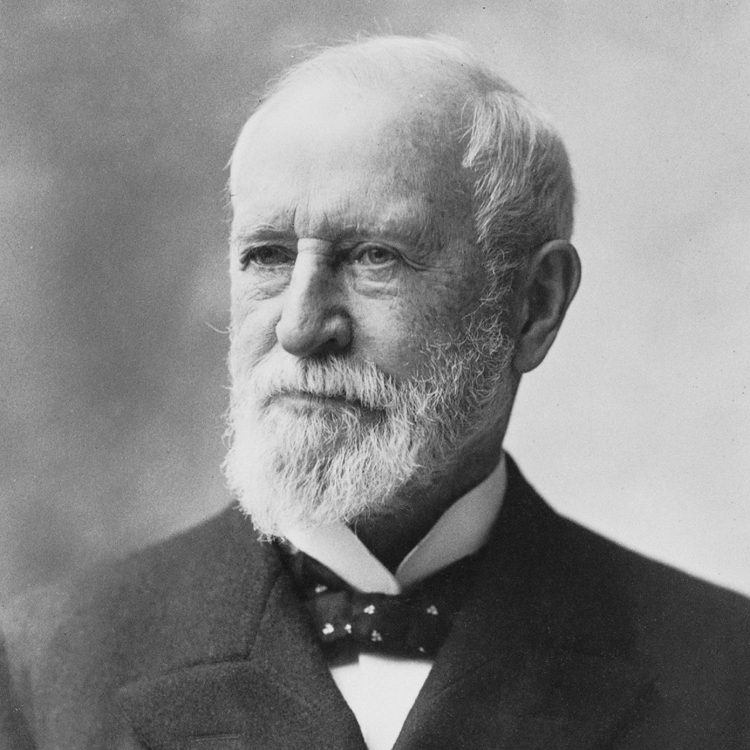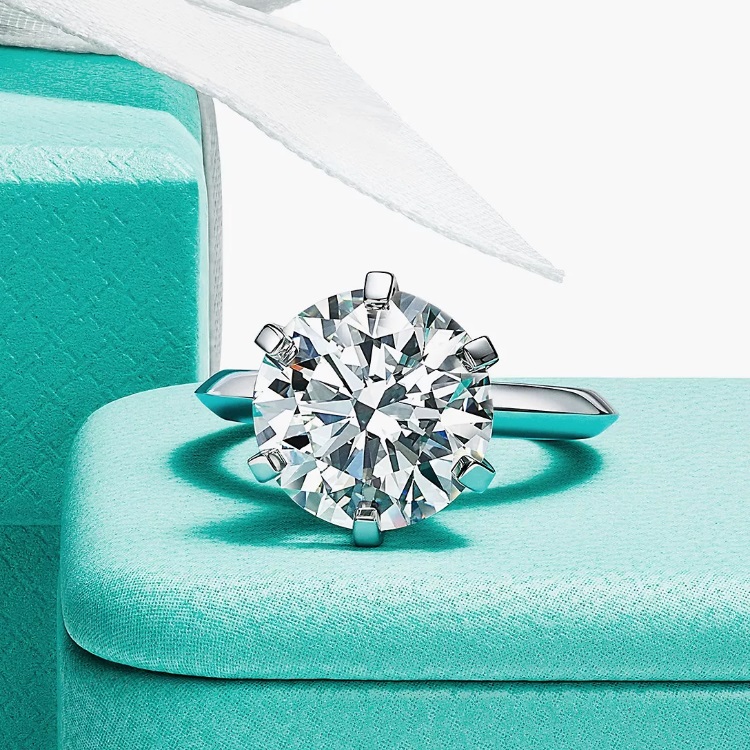The History of Tiffany & Co.
Pragnell is pleased to present a carefully curated selection of pieces by Tiffany & Co. Founded by Charles Lewis Tiffany in 1837, the company flourished under his leadership and the subsequent artistic direction of his son Louis Comfort Tiffany, who became Design Director in 1902.

The Early Years
In 1837, Charles Lewis Tiffany and John B. Young founded "Tiffany & Young" in New York City as a "stationery and fancy goods emporium," starting with an initial capital of just a $1,000 loan from Charles Tiffany's father. On their first day of sales, they earned only $4.98. By 1845, the company published its first Blue Book catalogue, which featured jewellery and established a tradition that continues today. In 1853, Charles Tiffany took complete control of the firm, rebranding it as Tiffany & Co. and shifting its focus toward fine jewellery.
Rise to Prominence
Tiffany & Co. has a rich history marked by quality and innovation, having pioneered the sterling silver standard (92.5% silver) in the U.S., which was later adopted as the national standard in 1868. The company played a significant role during the Civil War by supplying swords, flags, and surgical instruments to the Union Army.
The brand also gained international recognition, winning awards at prestigious exhibitions such as the 1867 Paris World’s Fair, making it the first American company to earn accolades for silver craftsmanship. Additionally, the company gained further prestige by catering to European royalty and the elite, further solidifying its status as a symbol of luxury and refinement.

Glamour and Expansion
The Tiffany Setting, introduced in 1886, transformed engagement rings with its six-prong design that elevates the diamond to enhance its brilliance. This style remains popular today. Along with the iconic Tiffany Blue Box®, this innovation has become a global symbol of luxury and romance.
.jpg)
In 1940, Tiffany & Co. established its flagship store at 727 Fifth Avenue in New York City, which remains its primary location. The company further solidified its place in popular culture with the release of the 1961 film "Breakfast at Tiffany's," featuring the legendary Audrey Hepburn, reinforcing the brand's association with glamour and elegance.
-(1).jpg)
Modern Era
Tiffany & Co. has played a significant role in shaping modern American luxury and design, embodying timeless elegance, romance, and sophistication. The brand has collaborated with renowned designers such as Elsa Peretti, Paloma Picasso, and Jean Schlumberger.
In the 2000s, Tiffany & Co. emphasised the importance of ethically sourced diamonds and responsible mining practices. Furthermore, the company has joined other leading organisations in pledging to achieve net-zero greenhouse gas emissions by 2050.
Antique CLP Page
Contact us